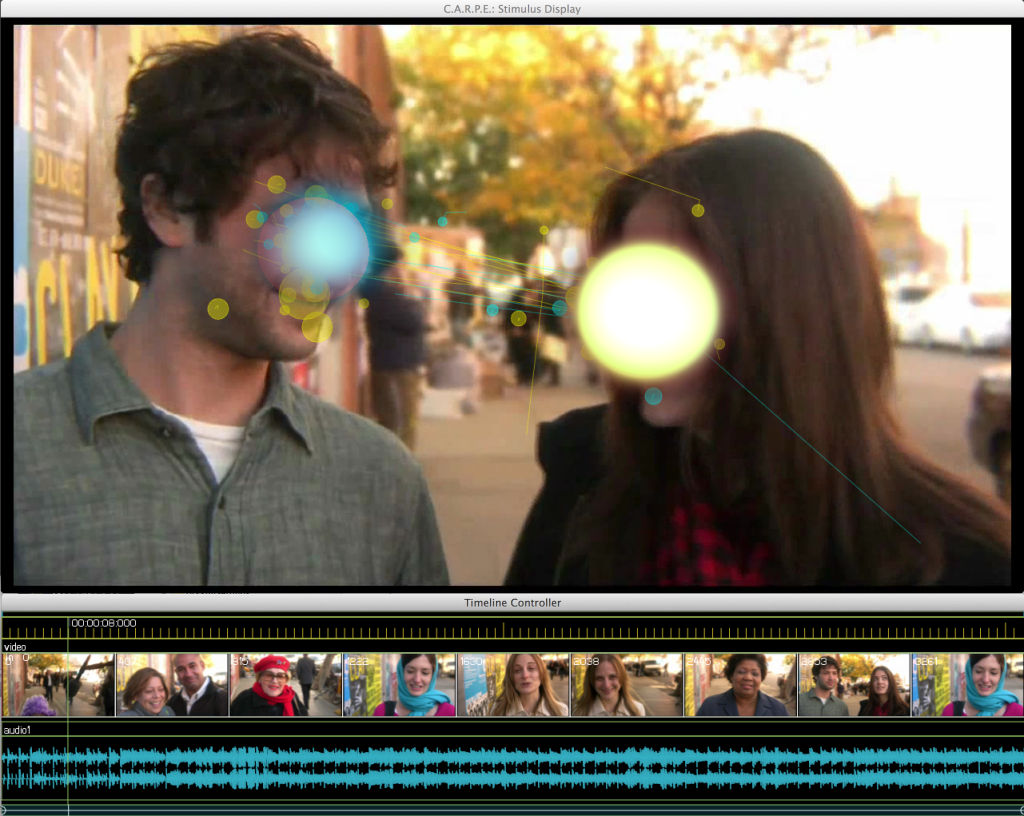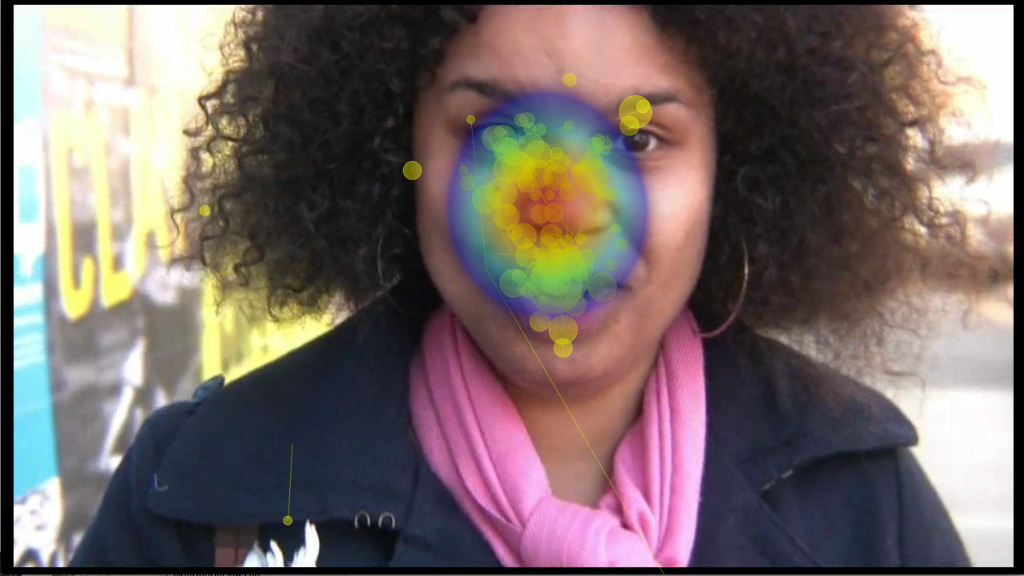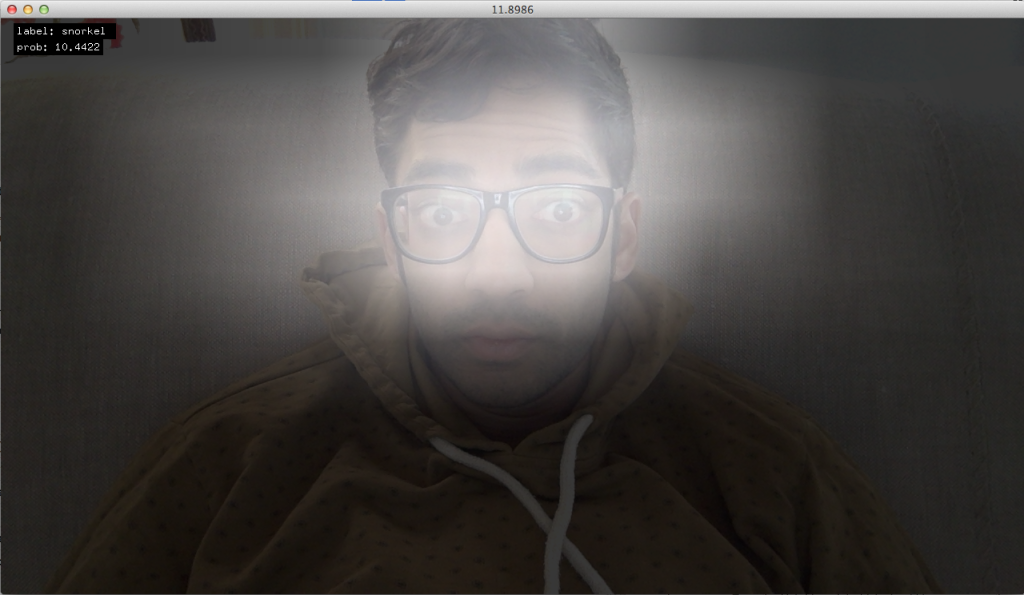From November 21st to the 2nd of December, I’ll have the pleasure to lead a course and workshop with Prayas Abhinav at the Center for Experimental Media Arts in the Srishti School of Design in Banaglore, IN. Many thanks to Meena Vari for all her help in organizing the project.
Stories are flowing trees
Key words: 3D, interactive projects, data, histories, urban, creative coding, technology, sculpture, projection mapping
Project Brief:
Urban realities are more like fictions, constructed through folklore, media and policy. Compressing these constructions across time would offer some possibilities for the emergence of complexity and new discourse. Using video projections adapted for 3D surfaces, urban histories will become data and information – supple, malleable, and material.
The project will begin with a one week workshop by Parag Mital on “Creative Coding” using the openFrameworks platform for C/C++ coding”.
About the Artists:
Prayas Abhinav
Presently he teaches at the Srishti School of Art, Design and Technology and is a researcher at the Center for Experimental Media Arts (CEMA). He has taught in the past at Dutch Art Institute (DAI) and Center for Environmental Planning and Technology (CEPT).
He has been supported by fellowships by Openspace India (2009), TED (2009), … Continue reading...













